OPINION: The Brody-Letcher Report: A Presidential 4-year report card
Knight Crier writers Chase Brody and Tyler Letcher break down President Trump’s four years in report card style.
The opinions in this report do not necessarily reflect the opinions of the entire Knight Crier staff.
PRESIDENTIAL REPORT CARD
The American voters have been the judge of the President’s performance, similar to how school teachers are the judges of the students’ performance. Grades are consistently on the minds of students, similar to the public perception in the mind of the Commander In Chief. As we enter into a new Presidential administration, we close the book on the Trump years with our own report card. Each of President Trump’s four years in office represent a marking period. We have chosen several categories by which to grade the President, and have also included a more detailed explanation of the events of each quarter of his term in office.
FIRST MARKING PERIOD
Trump’s first year in office kicked off relatively bumpy after lying about the size of his Inauguration, along with quickly looming scrutiny over alleged collaboration with the government of Russia. Mr. Trump quickly tried to right the ship with scrapping regulations for companies to allow more business to be in the United States. President Trump also made it a priority to appoint Neil Gorsuch to fill a vacated seat formerly held by the late Justice Antonin Scalia. The President turned his main attention to his campaign slogan of “Make America Great Again” by attempting to assert the United States’ dominance on the world stage both politically and economically. A major concern with the Trump administration was the lagging economy and the flaws of Obamacare.
President Trump attempted to act swiftly by chipping away at regulations set by previous administrations to allow more business to be done domestically. Soon after, the President attempted to scrap the Affordable Care Act otherwise known as Obamacare. A massive campaign promise of the president was to “Repeal and Replace”, However to no surprise; there was no replacement in mind. The Congressional debate had dragged on for months, until it had failed in the senate by one vote. The GOP shrugged this off; however President Trump remained bitter for a long time after.
The Administration began to turn its attention to giving the public a massive tax cut to pick up economic growth and restore the American economy to its former glory. However, after the tax cut went into effect after nearly passing in the Senate, millions began to realize that not only did they not benefit; the elite did. Trump attempted to end the year on a far better note, this time in the Middle East.
In December, The President announced his decision to move the American embassy in Israel from Tel Aviv to Jerusalem. This move sparked widespread riots in the eastern portion of the ancient city, and garnered mass criticism worldwide.
SECOND MARKING PERIOD
President Trump’s 2nd year kicked off in the face of tragedy, as not long after his administration marked its first year, the nation faced a mass shooting at Marjory Stoneman Douglas High School in Broward County, Florida, which had the lives of 17 students taken. Not long after this, Trump gave a speech to several of the families and the press about his plan to change the narrative of gun safety and improve the safety of schools. The economy entered into the second year of the Trump Administration with slightly more job growth and productivity, However, many jobs did go overseas contrary to what the President claimed; such as the closure of 5 General Motors assembly plants laying off thousands in November of 2018. Furthermore, the tax cut that President Trump was planning for about 3 years was finally in effect. However, the ones that seemed to gain the most in the long run were the wealthy and elite.
By the time early May came around, things were suspiciously quiet on the 38th Parallel in Korea. A thaw in frozen tensions took place as supreme leader of North Korea, Kim Jong Un, expressed his willingness to open up relations with South Korea and the United States. North and South Korea had been warring for 67 years before Trump took office. The one condition was that the United States and South Korea would not hold training exercises, which, to no one’s surprise, never happened, and talks soon after collapsed. President Trump took to Twitter, creating the now-infamous insult to Kim Jong-Un, “Little Rocket Man”. Eventually, both of them came back around and decided to shake hands in front of the world in Singapore, as well as discuss issues with each other. This proved to be a historic moment for both countries, as they had been cold on relations for most of modern history.
Possibly one of the most controversial moments for President Trump was the nomination of Brett Kavanaugh, his Supreme Court nominee who was accused by Christine Blasey Ford of sexual assault.
This year was big in terms of resignations and firings from the presidential cabinet. Big league names such as Secretary of State Rex Tillerson, Defense Secretary James Mattis, and Attorney General Jeff Sessions either quit or were fired. Many believed that those fired were unable to help Trump in the 2018 midterm and congressional elections, in which the GOP had 39 House seats collapse, although made gains in the senate. Shortly after, congressional talks collapsed over funding for a border wall, which was originally proposed by Mr. Trump during the 2016 campaign. This stall of talks kicked off the longest federal government shutdown in American history. Federal workers went 4 weeks without pay as a result of the shutdown.
THIRD MARKING PERIOD
President Trump opened his 3rd year inheriting the turmoil from a recent and ongoing government shutdown, as well as an approaching caravan of immigrants from Central America. Despite this, a new Congress was sworn in on January 3rd, this time with a historic number of women serving. Congress immediately attempted to prevent the construction of the border wall, this time with 10 Republican Senators agreeing with Congressional Democrats. The president tweeted “VETO!”, marking the first veto of his presidency. Trump also, yet again, put a grin on the face of the world with a second summit with Supreme Leader of North Korea, Kim Jong Un, this time in Hanoi, Vietnam. Shortly into the meeting, the talks abruptly ended after Un apparently tried to persuade Trump into lifting sanctions on the Asian country. Trump responded to this by stating, “sometimes you have to walk”.
Months later, the first Democratic Presidential Debate was held in Miami, Florida in the midst of the summer heat. During this, much to the depression of the people of Venezuela, President Trump was at the forefront of the movement to topple Venezuelan dictator Nicolas Maduro. Amid soaring inflation, widespread food shortages, and rolling blackouts, Donald Trump led an international campaign to sanction the South American nation and force Maduro from power. Once fall hit, an anonymous whistleblower alleged President Trump engaged in illegal activities, such as blackmail directed at President Zelensky of Ukraine. Congress was not pleased, to say the least, and began invoking the articles of impeachment. It smoothly passed the House of Representatives, marking Donald Trump being the 3rd president in American history to be impeached. He was acquitted by the senate about 2 months later.
FOURTH MARKING PERIOD
President Trump’s fourth and final year in office was one of his most difficult; not only for him, and not only for our country, but for the world as a whole. With his fourth year coming days after his impeachment in the House of Representatives, tensions ran high in the Trump administration to get things back on track. This plan soon derailed, however, with the outbreak of Covid-19 in America. Not only did Coronavirus become one of the largest pandemics in history, but it brought a relatively thriving economy to a halt. This all could have been blamed on Covid-19 alone, but with President Trump’s dangerously lacking response to the virus that shut down our economy and has, to this day, killed almost 400,000 people, most of the blame has shifted on him and his administration. Throughout all this, with the passing of Supreme Court Justice Ruth Bader Ginsburg, Trump was quick to nominate her replacement, Justice Amy Coney Barret. This has been a highly controversial move, as it has been tradition to have the incoming president chose a replacement.
National Unity certainly wasn’t a priority in the Trump administration’s final year, as tensions in our country have risen to a shockingly dangerous level. The stress of Covid-19 only added fuel to the flames of social issues in the past year, all coming to a head in the Black Lives Matter and George Floyd protests of Summer 2020, and these protests certainly haven’t stopped to this day. Law enforcement and protesters have both been vilified by politicians and the media, leading to uncomfortable situations for both. Then, in late 2020, with the election seeming to indicate that Joe Biden had won over the incumbent President Trump, a surprising dispute arose: the election’s results.
From the day after the election and onward, President Trump has hotly contested the 2020 race, with unsubstantiated claims of voter fraud and election securities fraud. His supporters, both in government and in the public, have widely supported these claims, with a recent Newsweek poll showing that an astounding 3 out of every 4 Republicans, many of which are Trump supporters, believe that the election was stolen. With tensions running hot, Trump supporters on January 6, 2021, grouped up at the Capitol at Trump’s request, and, shockingly, were able to storm it. Senators and politicians ran for cover as Trump’s supporters broke into the building, threatening public officials, breaking property, vandalizing the historic building, and stealing relics, artifacts, and other government property. These riots ended in 6 deaths, 2 of which were police officers, and 4 of which were rioters.
In the wake of these attacks, unprecedented steps were taken to attempt to stop the president from inciting this violence again. Twitter, which has long been Trump’s platform of choice, banned his account permanently to suppress any further violence. Trump was also actually impeached by the House a second time on January 13, 2021, on the grounds that he was responsible for inciting violence at the Capitol. His trial will likely go to the Senate after Joe Biden’s inauguration as the 46th president, which leaves Trump open to being criminally charged. Biden’s inauguration has also taken massive steps towards heightened security, with over 25,000 troops (more than in the entire Middle East combined) being dispatched for security at this event.


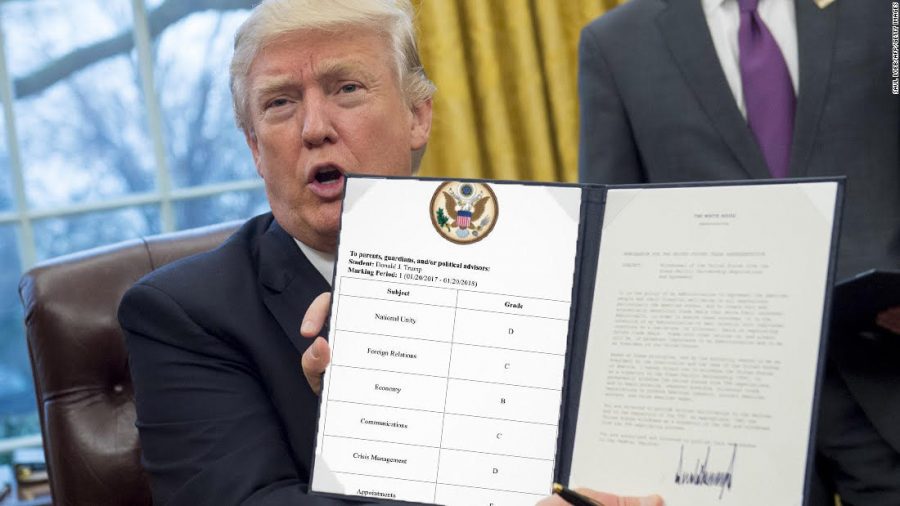
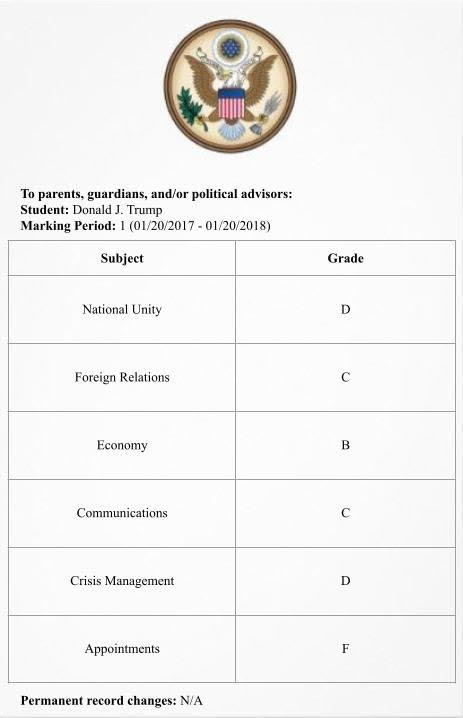
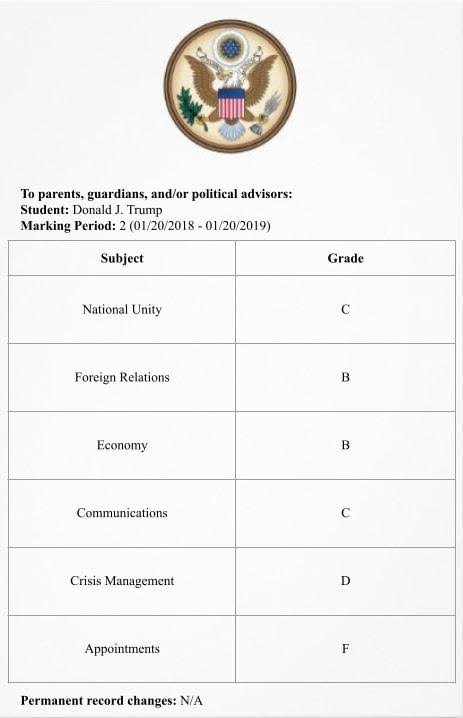
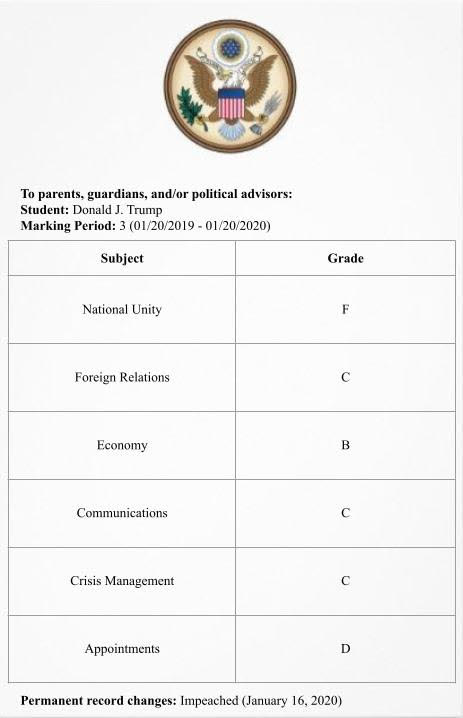
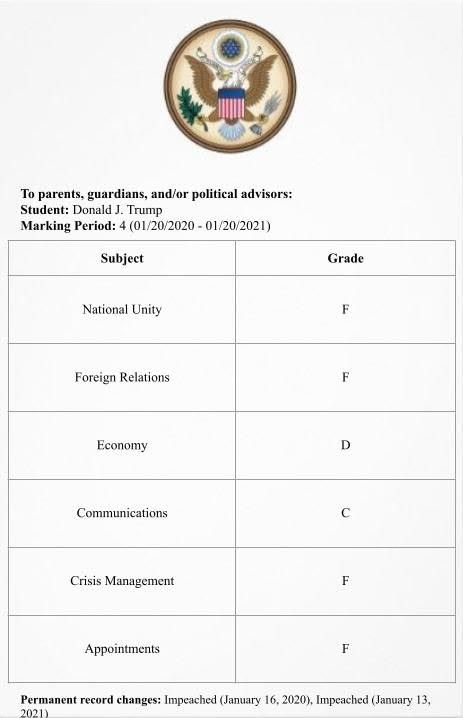





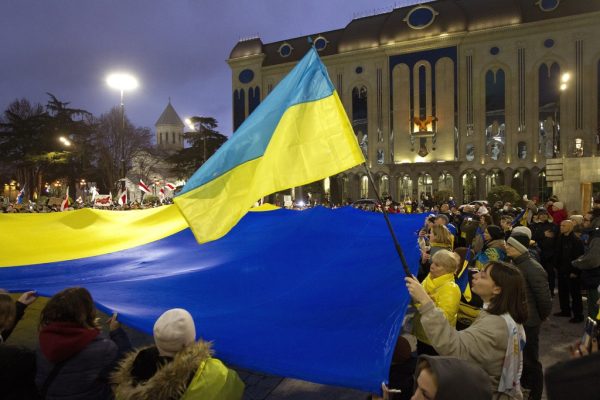



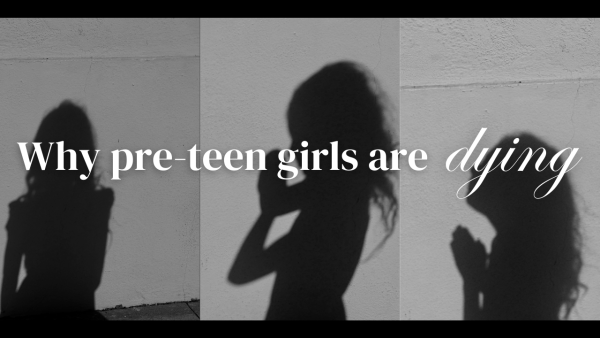
Mr. T • May 24, 2021 at 11:25 am
I can’t wait to see you writing Buzzfeed and CNN articles in ten years, bro.